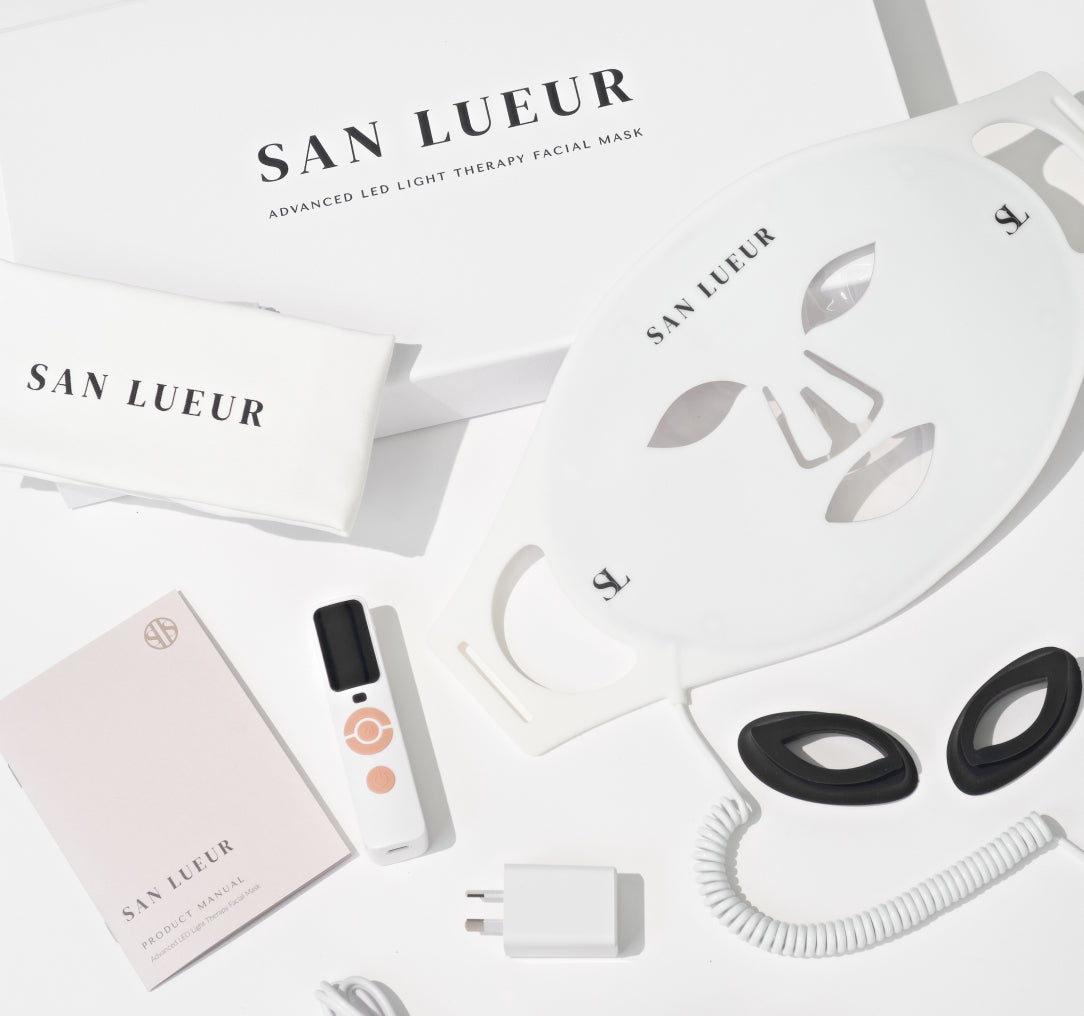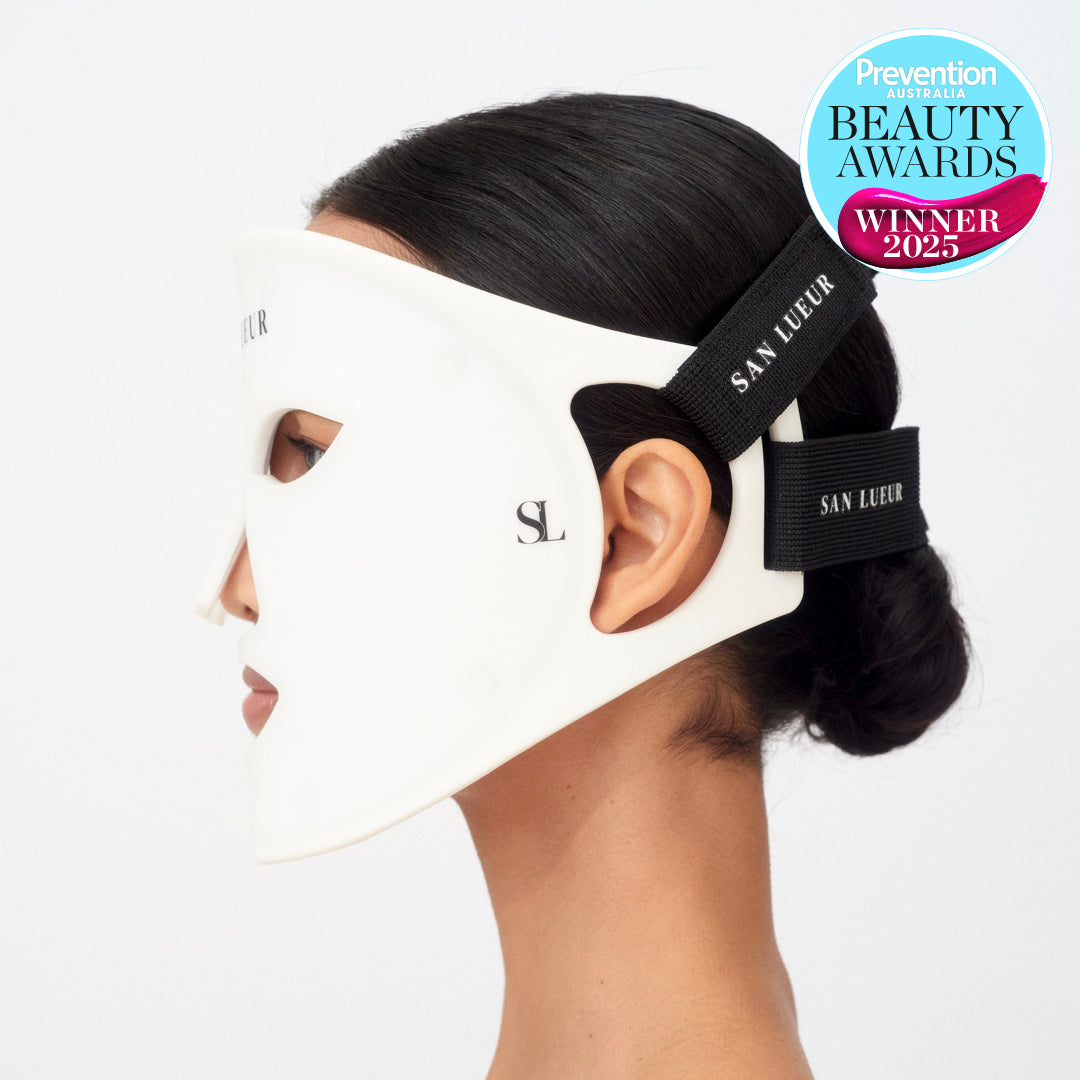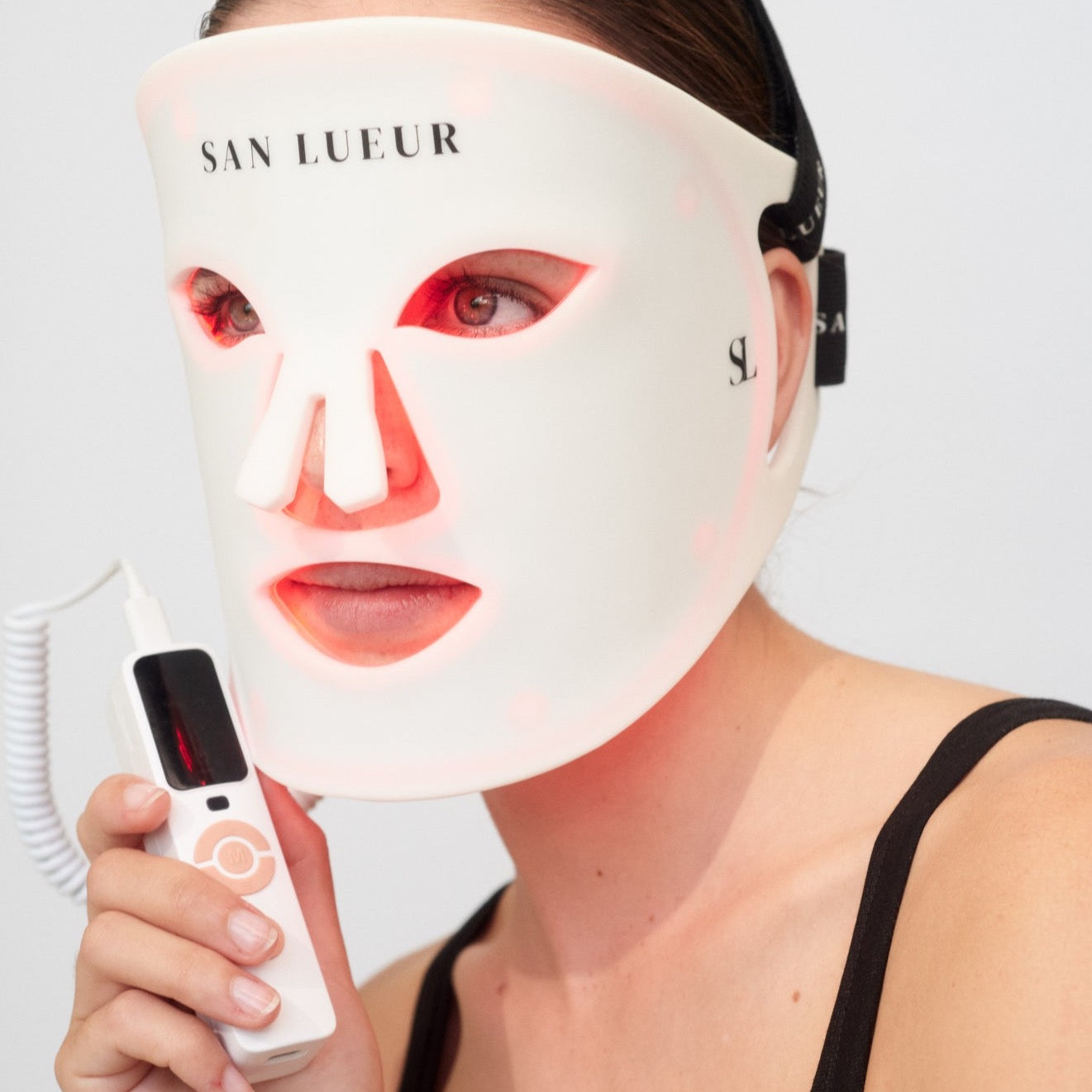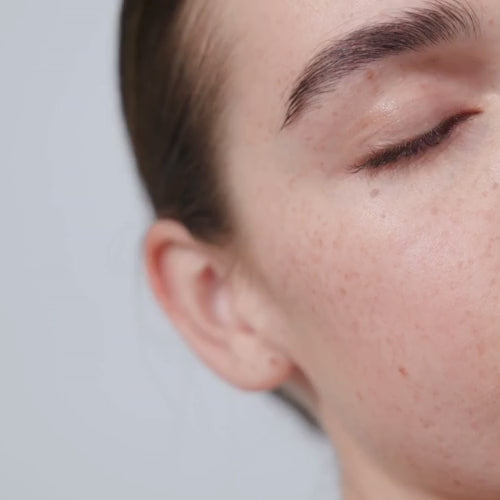
The science, unmasked
New to the Light Club?
Allow us to enlighten you
It's skincare that works. Dive in and discover why SAN LUEUR LED light therapy provides transformative results that truly need to be experienced.
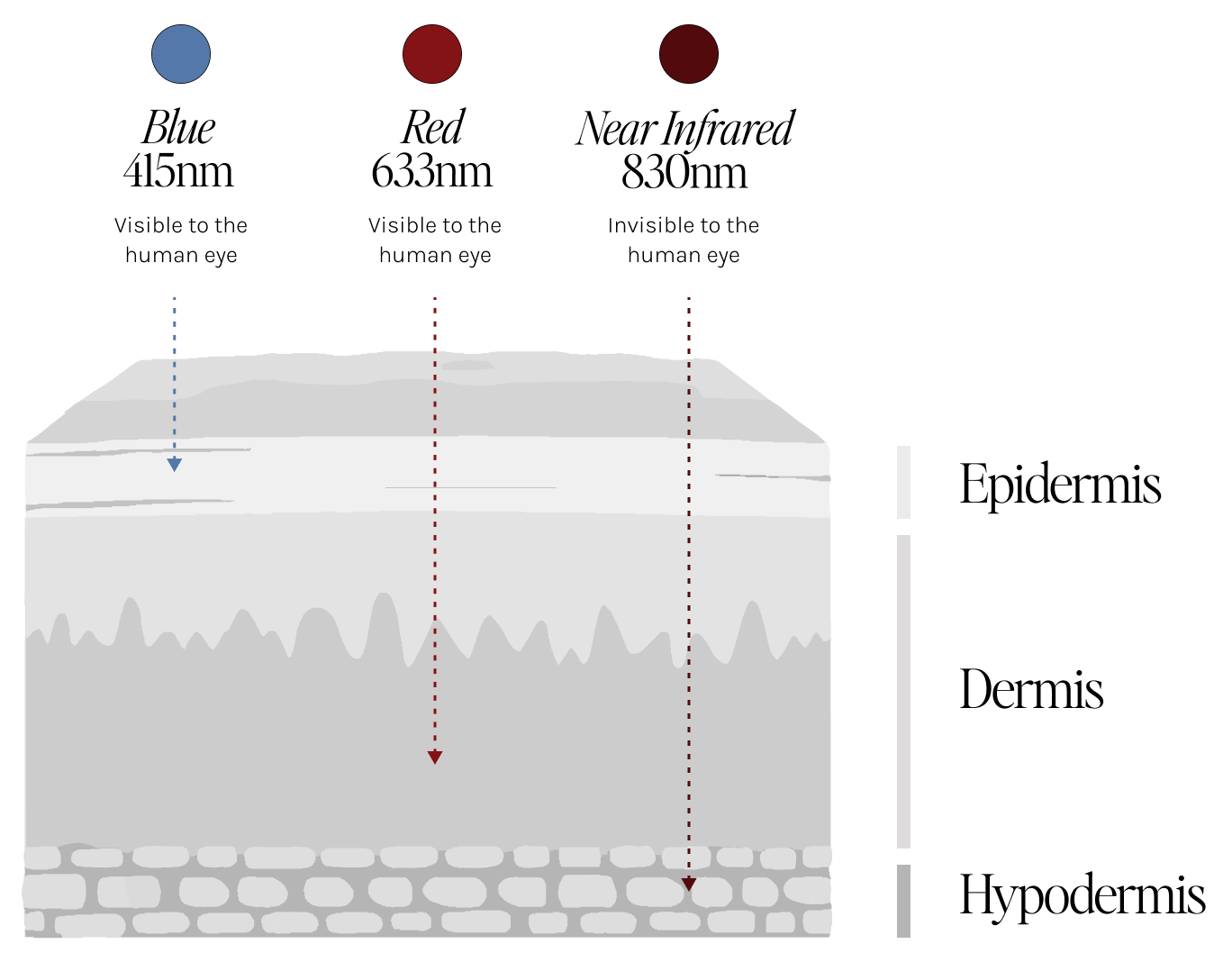
lesson one
Visible LIGHT
All of the colours that we see in the world exist on the visible light spectrum, which is part of the electromagnetic spectrum. The wavelengths that this kind of light produces are visible to the human eye, which we see as colours – red, orange, yellow, green, blue, indigo, and violet.
On the electromagnetic spectrum, the infrared spectrum exists just beyond the visible light spectrum. The wavelengths are longer, and we cannot see infrared. Near-infrared exists within the infrared spectrum.
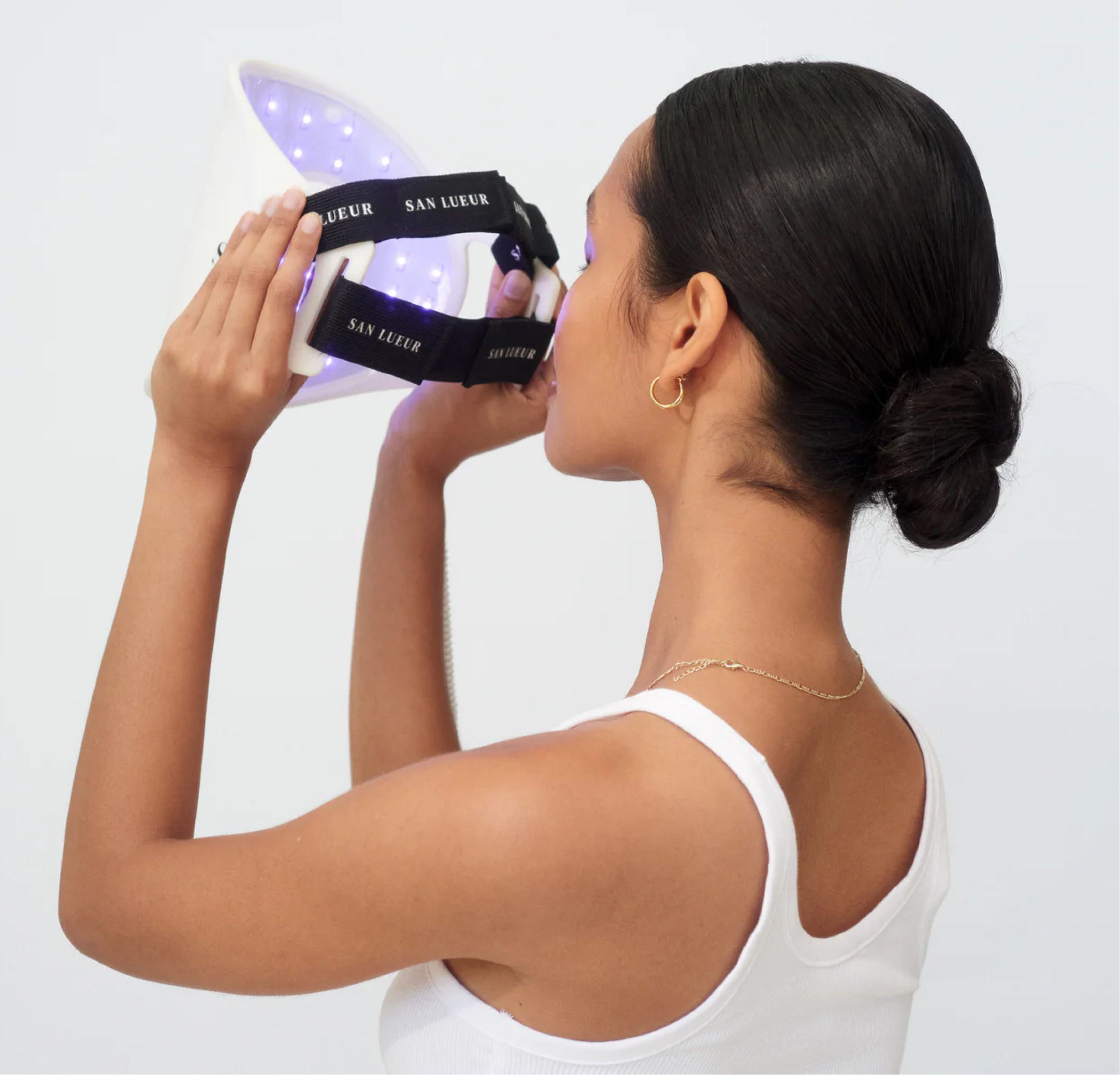
lesson two
LED light
LED (light emitting diode) is a source of visible light. It emits light when an electrical source runs through it. LEDs can be used in countless ways – we use them every day as sources of light and screens on electrical devices.
Some LEDs can produce ultraviolet (UV) light or radiation (including UVA and UVB), which is what the sun produces. Exposure to UV LEDs is generally not recommended, as it can cause damage to the skin. When used in cosmetic technology, non-UV LEDs can be used to prompt visible and positive effects to the skin.
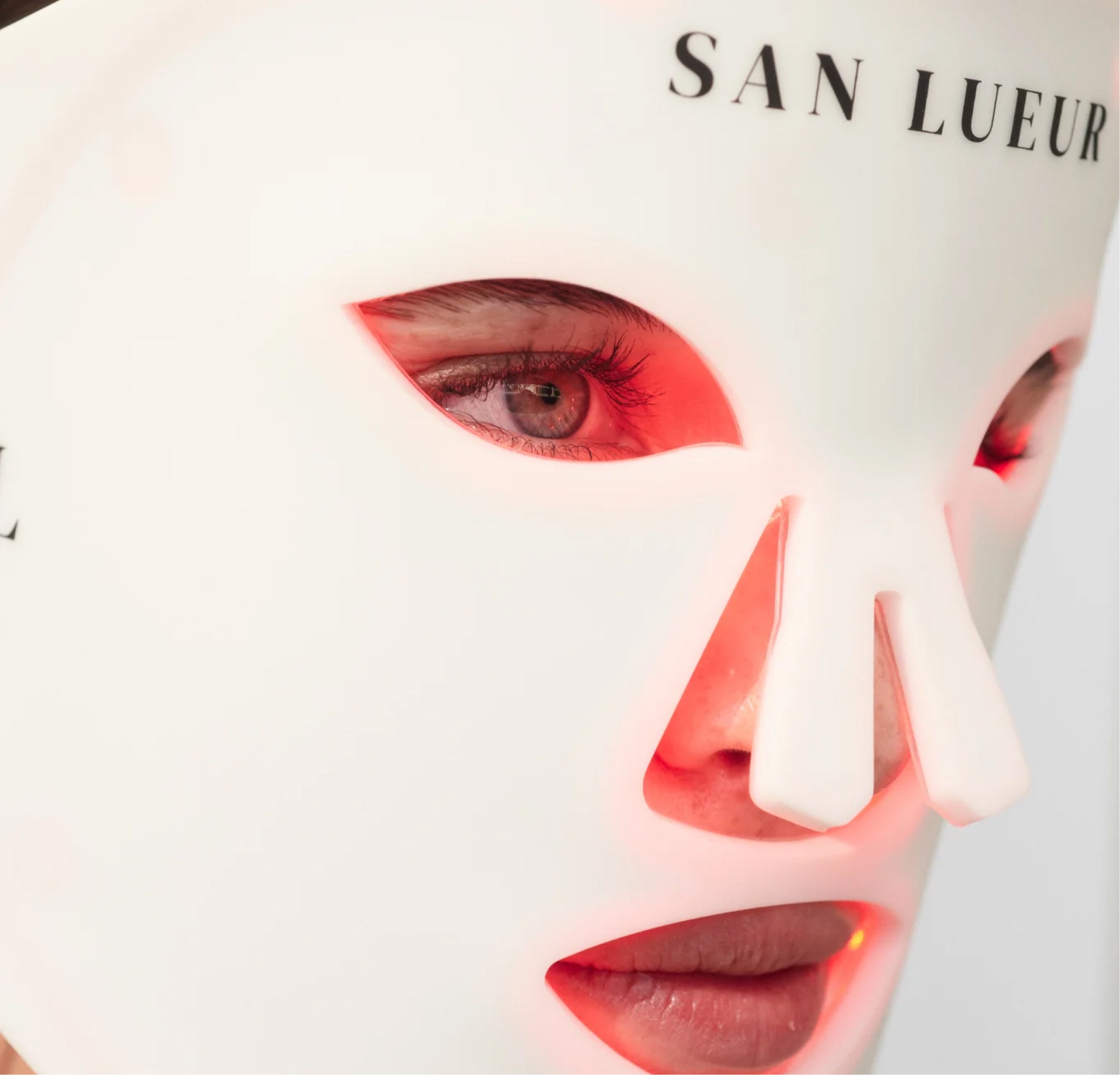
lesson three
LED light for the skin
LED skin devices send light wavelengths to the skin at specific nanometres (‘nm’). Published scientific studies have found that doing so (using optimal wavelengths and irradiance), can be beneficial for reducing the appearance of common skin concerns such as fine lines, dullness, blemishes, acne, and uneven skin tone. It can also prompt a complexion that looks more radiant, smooth, clear, and plump.
This technology used to be exclusive to professional skin clinics and spas, requiring a series of in-office treatments. Recent cosmetic advances mean this technology can be adapted to work effectively in at-home devices. The SAN LUEUR Advanced LED Light Therapy Facial Mask is helpful for upkeep between in-office appointments, or as a standalone part of your skincare regimen. Blue light targets the epidermis layer of your skin, red light targets the dermis layer, and near-infrared targets the subcutaneous layer. These lights offer different effects, specific to the layer they reach.
lesson one
Visible LIGHT
All of the colours that we see in the world exist on the visible light spectrum, which is part of the electromagnetic spectrum. The wavelengths that this kind of light produces are visible to the human eye, which we see as colours – red, orange, yellow, green, blue, indigo, and violet.
On the electromagnetic spectrum, the infrared spectrum exists just beyond the visible light spectrum. The wavelengths are longer, and we cannot see infrared. Near-infrared exists within the infrared spectrum.
lesson two
LED light
LED (light emitting diode) is a source of visible light. It emits light when an electrical source runs through it. LEDs can be used in countless ways – we use them every day as sources of light and screens on electrical devices.
Some LEDs can produce ultraviolet (UV) light or radiation (including UVA and UVB), which is what the sun produces. Exposure to UV LEDs is generally not recommended, as it can cause damage to the skin. When used in cosmetic technology, non-UV LEDs can be used to prompt visible and positive effects to the skin.
lesson three
LED light for the skin
LED skin devices send light wavelengths to the skin at specific nanometres (‘nm’). Published scientific studies have found that doing so (using optimal wavelengths and irradiance), can be beneficial for reducing the appearance of common skin concerns such as fine lines, dullness, blemishes, acne, and uneven skin tone. It can also prompt a complexion that looks more radiant, smooth, clear, and plump.
This technology used to be exclusive to professional skin clinics and spas, requiring a series of in-office treatments. Recent cosmetic advances mean this technology can be adapted to work effectively in at-home devices. The SAN LUEUR Advanced LED Light Therapy Facial Mask is helpful for upkeep between in-office appointments, or as a standalone part of your skincare regimen. Blue light targets the epidermis layer of your skin, red light targets the dermis layer, and near-infrared targets the subcutaneous layer. These lights offer different effects, specific to the layer they reach.



The SAN LUEUR Advanced LED Light Therapy Facial Mask is an at-home LED light device which features the 3 most clinically approved wavelengths, conveniently all in the one mask
415nm
Blue LED light (415nm): targets the epidermis layer, where oil is produced and acne may form. This LED light wavelength has been shown to reduce the appearance of blemishes, promoting a clearer complexion.
633nm
Red LED light (633nm): targets the dermis layer and is primarily used for increasing blood circulation. Has been shown to reduce the appearance of redness and hyperpigmentation, revitalise the skin's texture and promote radiance.
830nm
Near-infrared light (830nm): targets the subcutaneous layer. Has been shown to stimulate the formation of collagen and elastin, minimise the look of pores, fine lines and wrinkles, and encourage plumpness, smoothness, and glow.
the glossary
Blue light
Exists on the visible colour spectrum, and appears as shades of blue to human eyes.
Dermis
The middle layer of skin, between the epidermis and subcutaneous layer.
Epidermis
The outermost layer of skin, what is visible. This layer has up to five sub-layers: stratum basale, stratum spinosum, stratum granulosum, stratum lucidum, and stratum corneum.
Irradiance
A way to measure the amount of light energy (in this case, from an LED).
LED
Light emitting diode.
Light wavelengths
Referring to light that is visible to the human eye; wavelengths are the measurement.
Nanometre
A nanometre is a billionth of a metre, abbreviated to ‘nm’.
Near-infrared light
Exists on the infrared spectrum, and it is not visible to the human eye.
Red light
Exists on the visible colour spectrum, and appears as shades of red to human eyes.
Subcutaneous Layer
The lowermost layer of skin, where nerves, fat cells, and connective tissue are located. Also known as hypodermis.
Ultraviolet
A form of electromagnetic radiation, known as ‘UV’. It exists on the electromagnetic spectrum.
Get yours
